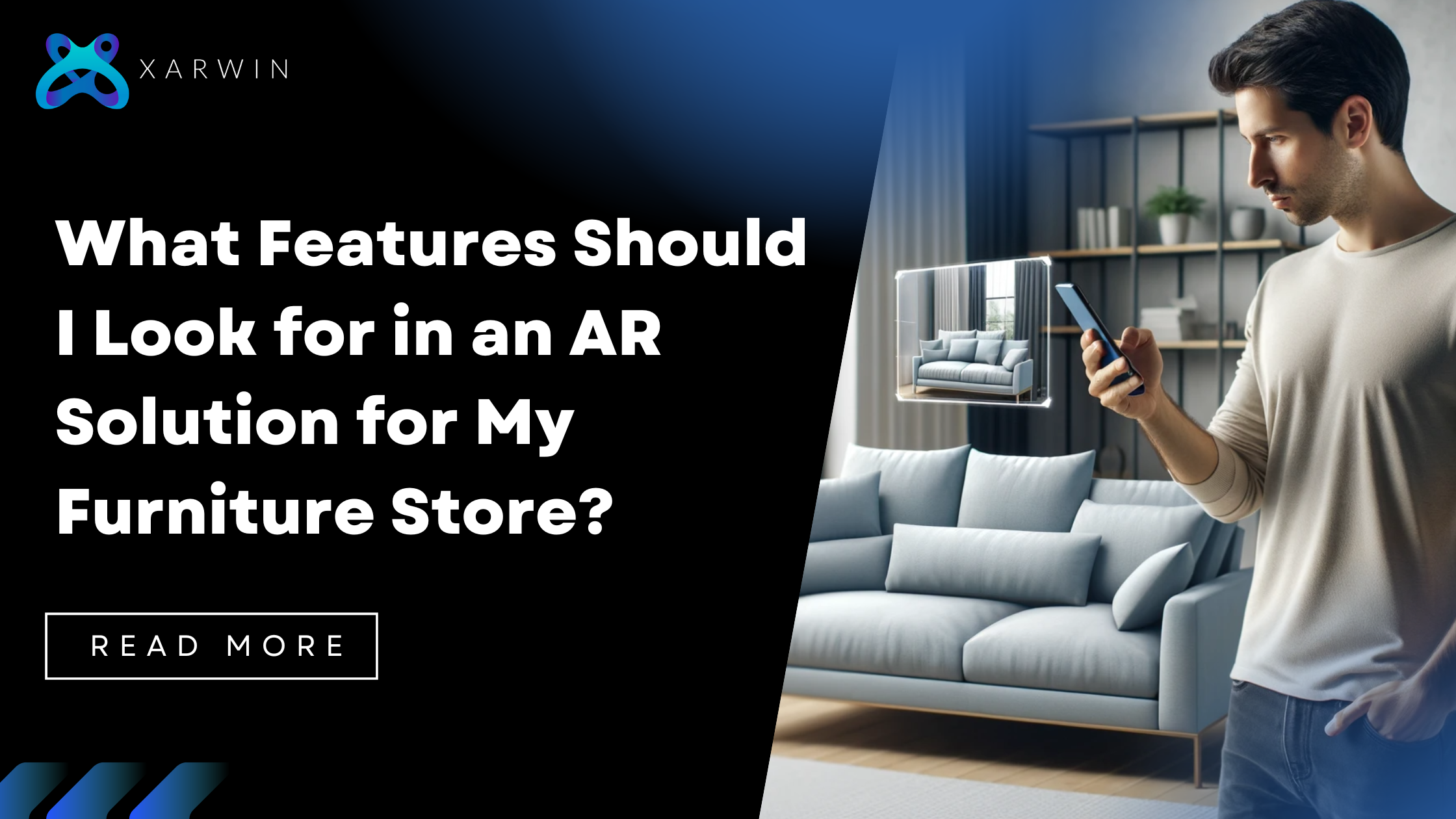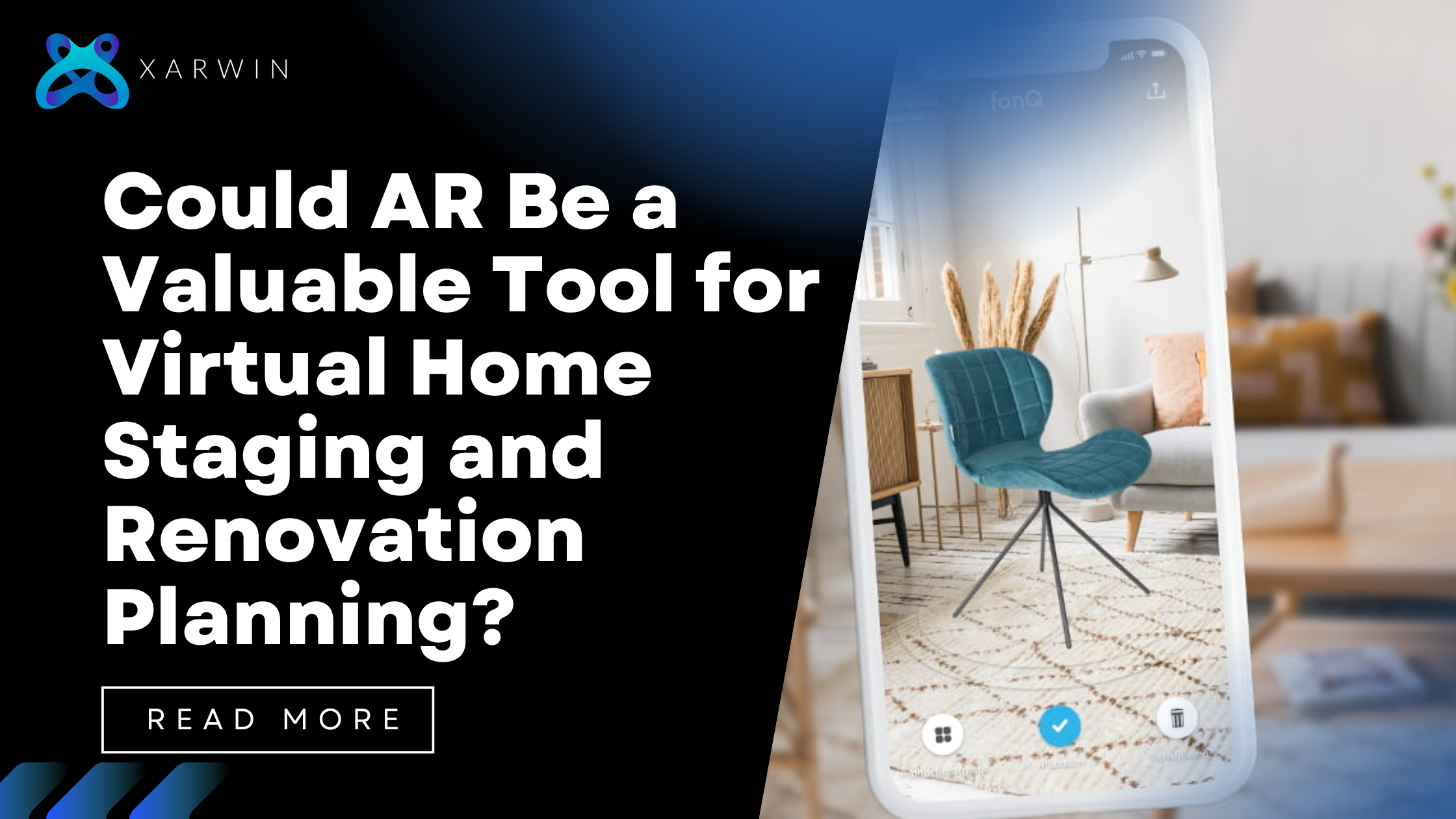Go for an all-encompassing option with an easy-to-use platform and interface allowing your consumers to smoothly utilize AR functionalities. If you want the system to speak to your wide variety of clients without leaving anyone behind, then it should be easy to use and understandable. In this blog, let us look into the major factors you need to consider when selecting an ideal augmented reality system for your furnishing store.
Here are seven carefully planned strategies that can make your furniture store a 10/10!
1. Mobile App-Based AR vs. Web-Based AR
First, you have to decide whether to use augmented reality based on a mobile app or the one through the web. Web AR does not need to install any app as it is available via a browser directly. Mobile-app-based AR is not as good because one has to download a separate application to experience a better immersive experience for such applications. Consider your audience’s preferences when making this decision.
2. Out-of-the-box AR Use Cases
To explore augmented reality solutions for the furniture industry, look for innovations that are tailor-made to improve customer engagement. Find resources such as real-time workspace capabilities, space planning equipment, and virtual office furnishings. Such applications help customers see how furniture can be placed into different parts of a house, change arrangement plans, and explore various options. Your AR-assisted furniture store makes it easy for customers to review products while adding a personal touch to the whole experience that differentiates you from many competitors.
3. Performance Tracking
Pick a solution that offers comprehensive performance tracking to guarantee the success of your augmented reality strategy. You can learn more about popular product choices, user interactions, and overall engagement with this feature. You can continuously improve the user experience and improve your marketing tactics with the aid of these analytics. Opt for a reliable performance-tracking augmented reality solution. This helps identify popular items, what the users do, and overall engagement. Analytics can then be employed to improve the experience of the customer by performance through a constant process of improvement.
4. Consumer Experience Enhancement
Augmented reality focuses on improving the customer’s experience. When looking for an AR solution, look out for features that enable customers to customize the virtual furniture, choose colours and styles, and hence make easier choices. Thus, for your AR solution to succeed, it should be intuitive as well as easy-to-use, so that shoppers can easily interact with its features and increase their chance of buying at the end of the day. Emphasize these factors to make the shopping experience engaging and customized for the customer’s sake leading to his/her satisfaction and retention.
5. Marketing and Promotion Strategies
Ensure that your AR tool is compatible with your advertisements. Use AR ads, allow easy sharing on social media, and provide special offers in your app. Make use of AR so that you can excite any individuals who have a flair for high-tech applications in your furniture business venture. The dynamic duo of AR and marketing expands your brand’s reach, making it more visible and appealing to a wider audience. This integration sets your business apart, creating a buzz that resonates with both current and potential customers.
6 . Competitive Advantage
Adopting technologically advanced strategies is crucial for leading in this highly competitive furniture sector. Your AR solution needs to react specifically, rather than be passive so that it can place your store at the forefront of the revolution.
Invest in AR features for more than just distinguishing your brand. Utilizing creative visualization tools like this may give your clients a rather different dimension to their experience of looking at your furniture. This doesn’t just make shopping ‘practical’, it makes it fun! Think about introducing AR-guided customer support, which would be another level of help with increasing users’ contentment and trust in their buying decisions.
7. Interaction Within Stores
Go beyond digital, into virtual with AR, and consider looking out for those features that improve in-store engagement. Use AR to activate in-store promotions, install interactive displays, and utilize it as a navigation tool. Providing customers with integrated web and brick-and-mortar experience leads to long-term brand engagement. Exploring AR’s potential as part of in-store interactions enhances a modern shopping experience, ensuring customers have an enriched journey with you.
What do we think?
Incorporating augmented reality (AR) into your furniture business is a smart investment in the future of retail, not just an upgrade in technology. In a rapidly evolving retail landscape, staying ahead of the curve is essential. Augmented reality not only meets current expectations but also sets the stage for future innovations in customer interaction.
The ability to visualize furniture in real-time environments, experiment with customizations, and seamlessly blend the physical and digital worlds positions your business at the forefront of the industry. You can give your customers a genuinely engaging and customized shopping experience by carefully weighing the features listed above and choosing an augmented reality solution that fits with your company’s objectives. Keep up with the times, make an impression on the industry, and observe how your furniture business succeeds in the digital age.
As a trailblazer in augmented reality (AR), Xarwin combines innovation with a user-centric approach to redefine industry standards. Its team of expert engineers, designers, and strategists excels in crafting immersive AR experiences across various sectors. With each project, the company not only meets current demands but also shapes future trends, establishing itself as a leading force in the AR landscape.





